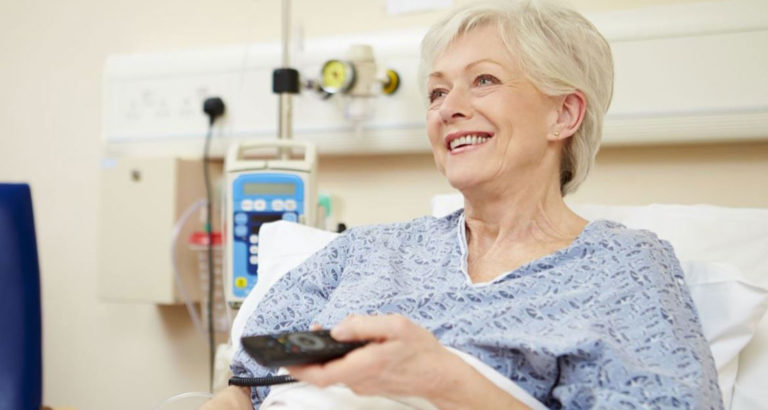Why elevating the patient experience matters

At PIVIUM, we believe in thinking like and empathizing with the patient; putting ourselves in their shoes, and really identifying what the patient and their family are going through. Taking this approach allows us to build solutions that make sense, ensuring we display the right content at the right time, meeting their needs at any given moment.
In the past, if an architect determined that a space was a common area, they’d allocate a small section of the room for a television. Today, displays are used for a multitude of other purposes. Matthew Chitwood, president of PIVIUM, Inc, goes on to explain, “Now, you really have to be thinking about what content is going to be on that screen and who is going to be viewing it.”
A Consultative Approach To Choosing Healthcare Video Systems
We don’t have a set list of questions that we ask every customer. Instead, we consider your role, as well as the facility and its needs, and ask questions accordingly. Matthew adds, “We make sure we’re asking the right questions to the right individuals.” From the initial discovery phase, we then go through a few iterations of validating decisions against the various partners involved in the project to ensure that the solution works for the facility, the patients, and the infrastructure.
Taking this approach and following these principles lends itself to enhancing the patient experience through using the theory of supportive design.
Using The Theory Of Supportive Design
Roger Ulrich developed the theory of supportive design, taking an evidence-based approach to create the pillars of this method, which include giving the patient control, facilitating access to social support, and providing positive distractions.
Matthew states that there’s evidence that patients heal better when they have a sense of control, especially over elements in their environment. He adds, “Because, in a healthcare facility, you lose control of most things.” Giving patients the ability to manage components within their physical environment could be as simple as providing a clean user interface or a simple remote, allowing them to control the channels on the television or adjust other devices within their surroundings.
Healthcare video and communication systems can be used to ensure that patients can easily communicate with family and friends, giving them access to much-needed support. These systems can also be used to display bright, colorful and intriguing artwork to distract them from the machines and what’s happening to them within a medical facility.
Simple Ways To Enhance The Patient Experience
Here at PIVIUM, we’ve helped clients use healthcare video and communication systems to provide a better experience for patients. Matthew suggests, “It doesn’t have to be fancy and interactive. Just a simple signage in a corridor can help a patient find an area that they’ve never been to before.” We’ve even done integration involving video game systems. “There’s nothing like a video game to provide a welcome distraction for a youth patient — it’s a real easy way to take their mind off of things,” adds Matthew.
Want to know more about our approach and how we can help you enhance the patient experience? Contact us today.
